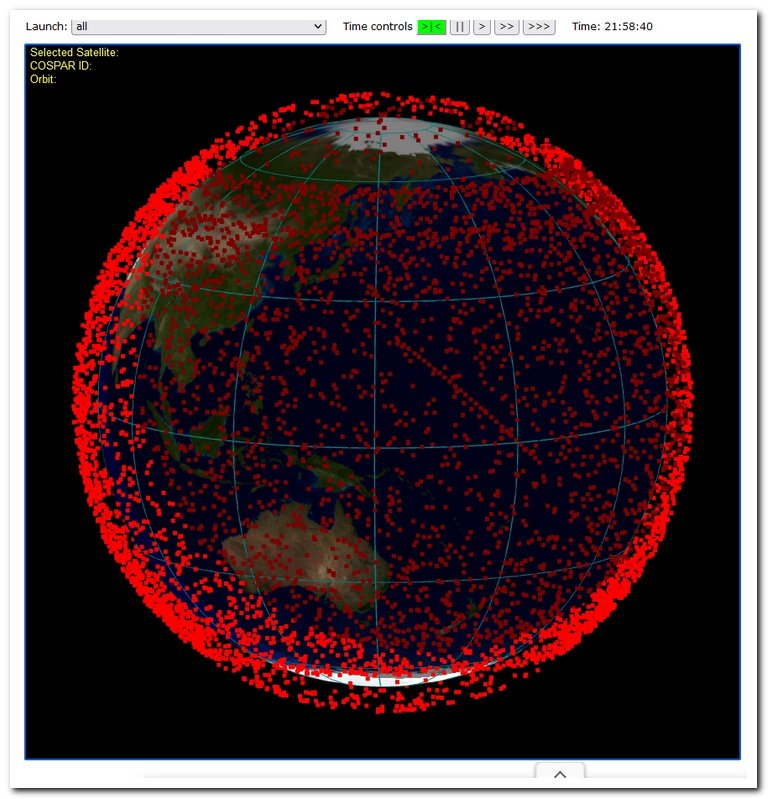12月30日の記事に書いた以下の動画に従って、MCPサーバー経由での文献検索を試してみました。目をみはる詳細な文献検索ができますね。これを使わない手はないと思いました。
第16回 岡山MUSCATフォーラム特別講演
『医療における生成AIの活用法― 臨床から研究までの実践ガイ ド ―』
昭和医科大学横浜市北部病院 准教授
三澤 将史 先生 MISAWA Masashi MD, Phd
https://youtu.be/9RhCUDjIJa0?
埋め込み再生禁止になっている動画なので、上のリンクからYouTubeでご覧ください。
年末から今日までかかって、この動画にしたがってChatGPTからPubMed のID付きで文献検索の結果を返してくるMCP サーバー経由のPubMed検索の機能をためしてみました。三澤先生の動画にあるQRコードで開く講演資料をひらいて、先生のGitHubにいくとMCPサーバー用のPython scriptが置いてあるのでそれを使うことになります。設定方法は資料のとおりにやってみてください。MCPサーバーは無料モードで利用できるKoyebというというプラットフォームにおくことになります。詳細な使い方も動画にあるQRコードからみることができるのでそちらに従えばよいでしょう。結構簡単に設定できて使えるようになります。動画にあるように、簡単な日本語の指示で詳細な検索と検索結果のまとめをしてくれるので、感動しました。よい時代になりました!
私はChatGPTのバイブコーディングでローカルPCにPubMed用のサーバーを立ち上げて検索するようにしました。この際、ChatGPTはlocal hostのurlにはアクセスできないのでngrokというサービスを利用してChatGPTがアクセスできる外部公開用urlを使うようにしました。ChatGPT 5.2 thinkingモデルでうごかしてみると、すごいですね。簡単な日本語プロンプトで詳細な文献調査ができて架空の文献をでっちあげるタイプのハルシネーションもないので快適です。thinkingモデルはものすごく詳細に文献検索しますね。私が手作業で集めていた文献以外に、見落としていた文献が結構みつかりました。文献検索にこのツールをつかわない手はないと感じました。ハルシネーションがないというのは、実在の文献のみを見つけるという意味で、見つかった文献の要約ではハルシネーションは起こりえます。たとえば人間と同じように内容を誤読したり、相関関係を因果関係と誤解したりなどいろいろなタイプのハルシネーションがあり得るので、研究やレポート作成に使うときにはPMIDで原論文をみて確認しなくてはいけません。
以下にChatGPTが書いてくれたMCPサーバーを使う検索についての説明をペーストしておきますので参考にどうぞ。
MCPサーバーを使ったハルシネーションを抑えた PubMed 検索のしくみと使い方
1. なぜ普通のAI検索は危険なのか
ChatGPTのような生成AIはとても賢く、
・文章を要約する
・関連分野を整理する
といった作業は得意です。一方で、存在しない論文をそれらしく作ってしまうことがあります。
これを ハルシネーション と呼びます。
例:
実在しない論文タイトル
存在しない著者名
PubMedに載っていないPMID
研究やレポートでは、これは致命的です。
2. 解決策:AIに「検索」をさせない
重要な考え方はこれです:
・AIに論文を探させない
・AIには「PubMedの検索結果を読むだけ」にさせる
そのために使うのが MCPサーバー です。
3. MCPサーバーとは何か(役割分担)
MCP(Model Context Protocol)の考え方
MCPサーバーは、ChatGPTと外部データベースを安全につなぐ「通訳」です。
今回の構成では、役割が明確に分かれています。
役割 担当
論文検索 PubMed
検索の実行 MCPサーバー
要約・説明 ChatGPT
今回の仕組みではChatGPTは 自分で論文を探しに行けません。
MCPサーバー経由で PubMedが返した結果しか見られない 仕組みです。
4. なぜハルシネーションが抑えられるのか
決定的なポイント:PMID
PubMedの論文には PMID(論文ID)が必ずあります。
MCPサーバーを使うと:
PubMed → 実在するPMIDだけを返す
ChatGPT → そのPMIDをもとに要約する
という流れになります。
👉 存在しない論文は、物理的に出せません
これが最大の理由です。
5. 全体の流れ(図をイメージ)
あなた(質問)
↓
ChatGPT(考える・要約する)
↓
MCPサーバー(検索を代行)
↓
PubMed(実データ)
↓
PMID付き結果
↓
ChatGPTが説明
ChatGPTは PubMedを直接検索しているわけではない ことが重要です。
6. なぜ「thinking mode」を使うのか
ChatGPT 5.2 thinking mode は、
・検索結果を比較する
・複数論文の共通点・相違点を整理する
といった 論文読解向けの推論 が得意です。
重要なのは:
・thinking mode = 正しい情報を作るのではない
thinking mode + MCP =正しい情報を、深く考えて説明する
という組み合わせです。
7. 正しい使い方(必ず守ること)
PMIDが出ていない説明は信用しない
気になる論文は PubMedのページを必ず開いて確認
最終レポートでは 原文を自分で読む
OKな使い方
論文全体の流れをつかむ
レビュー論文の要点整理
複数論文の比較
NGな使い方
ChatGPTから出てきた説明をそのまま引用
PMIDを確認せずに結論を書く
8. まとめ
このMCPサーバー経由の文献検索の方法は「AIを信用する」のではなく
「AIがウソをつけない構造を作る」やり方です。
研究でAIを使うときに一番大切なのは、
仕組みを理解した上で使うことです。

 NHKの3か月でマスターするシリーズ、今度は人体というのがはじまりましたね。
NHKの3か月でマスターするシリーズ、今度は人体というのがはじまりましたね。